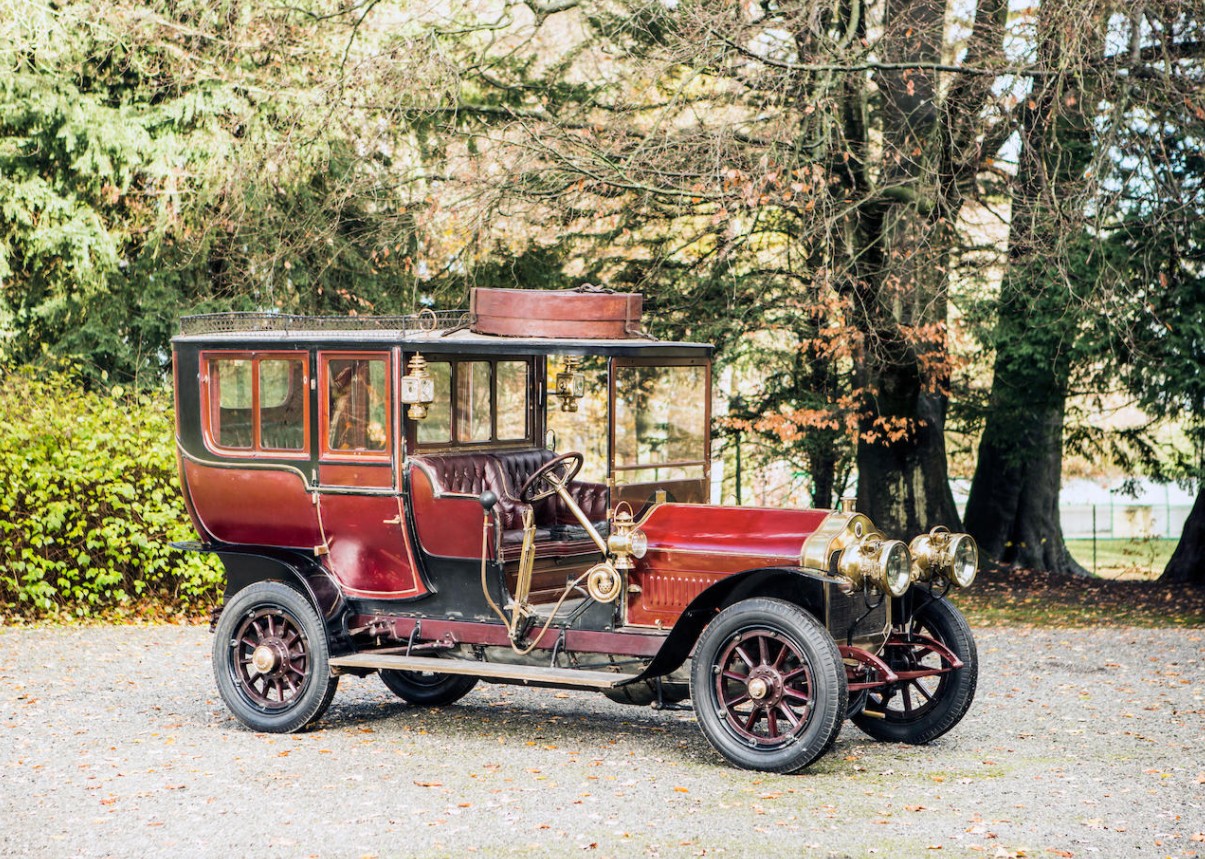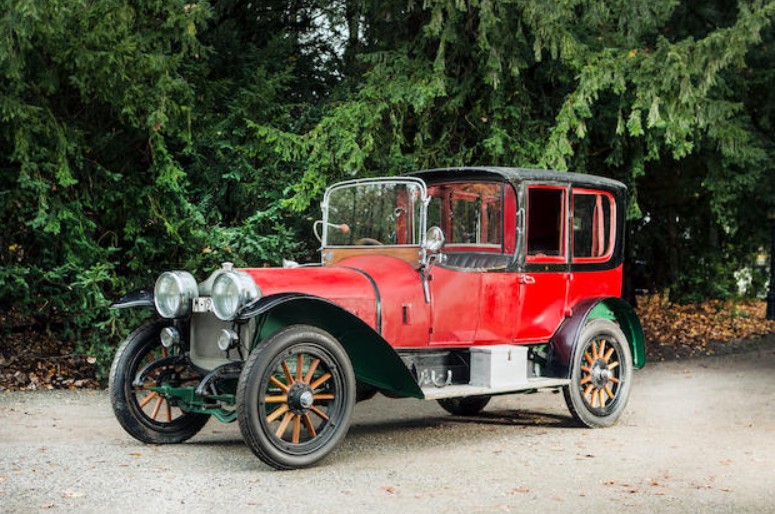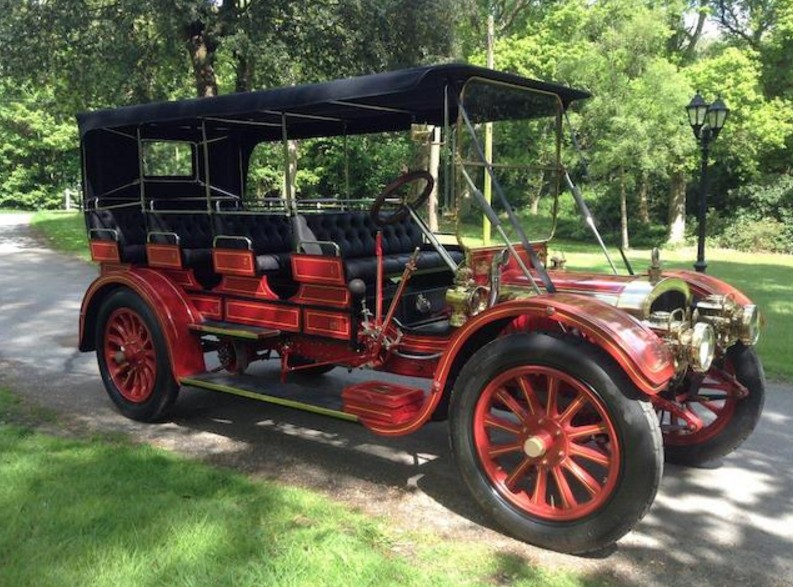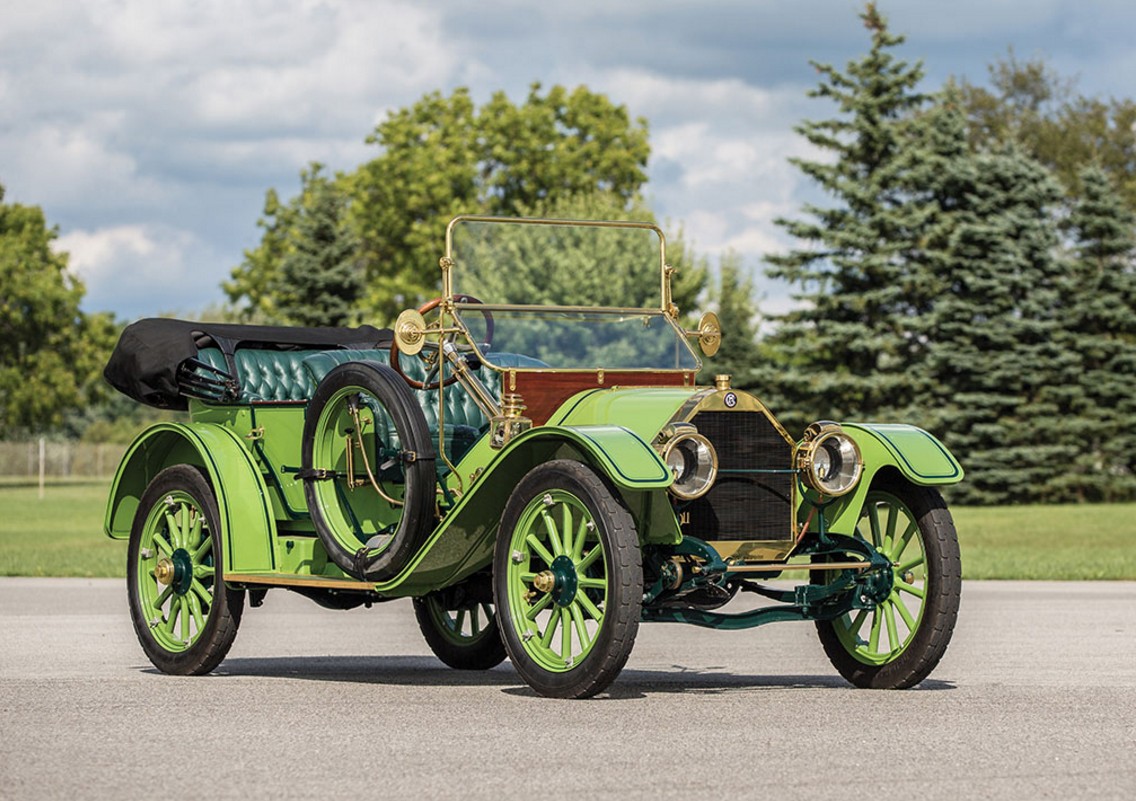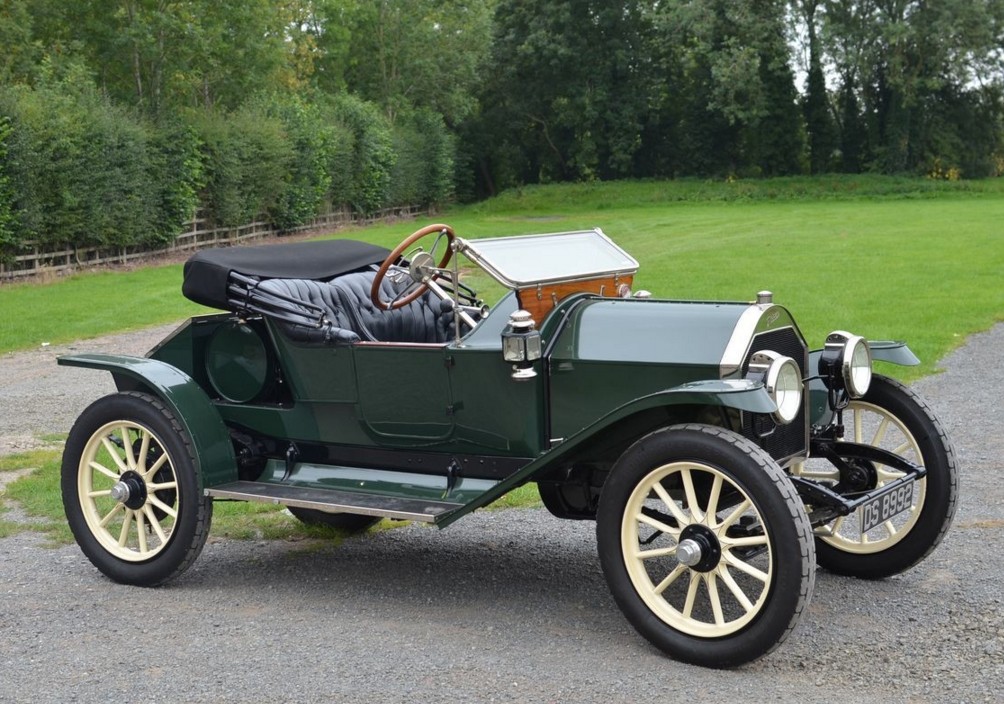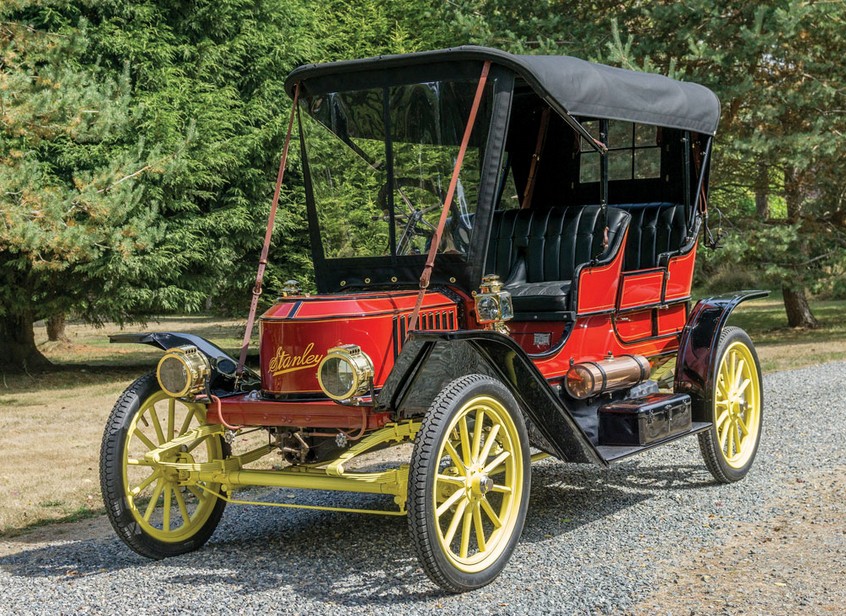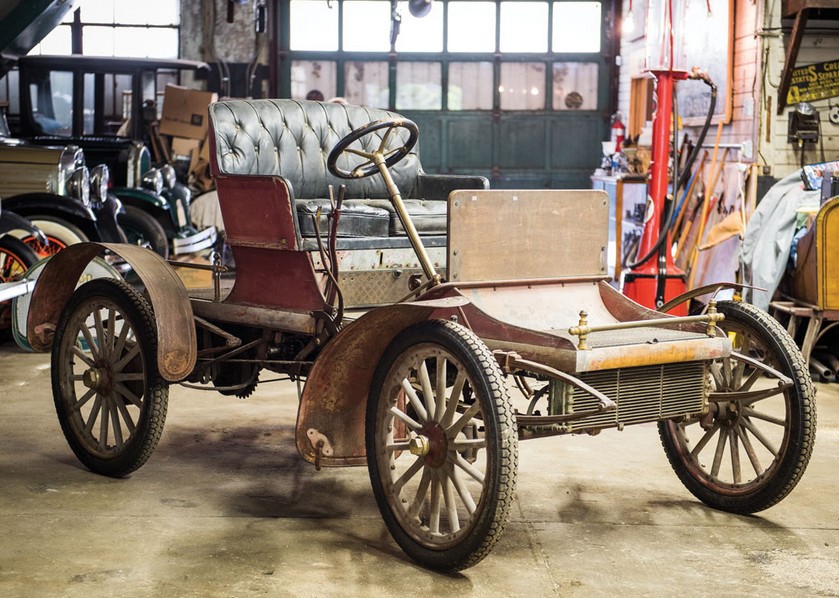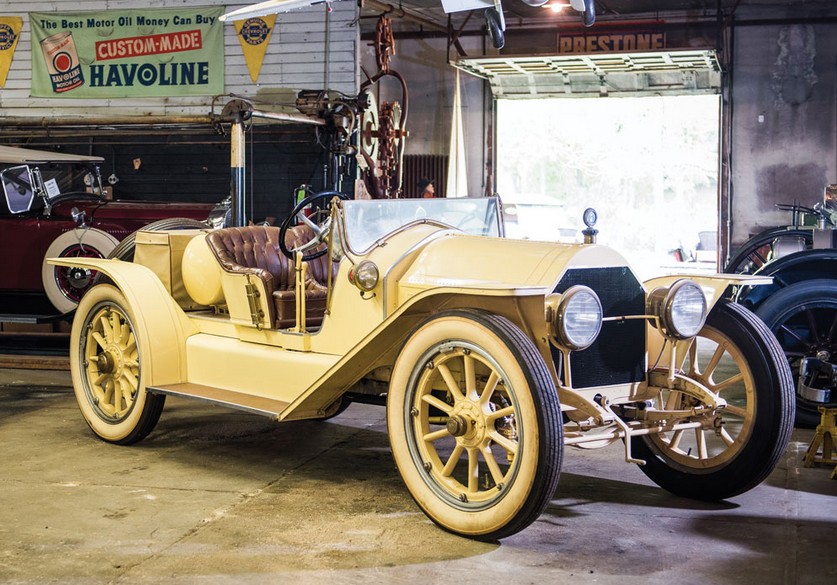1911 National Model 40 Speedway Roadster
Offered by RM Sotheby’s | Hershey, Pennsylvania | October 8-9, 2015
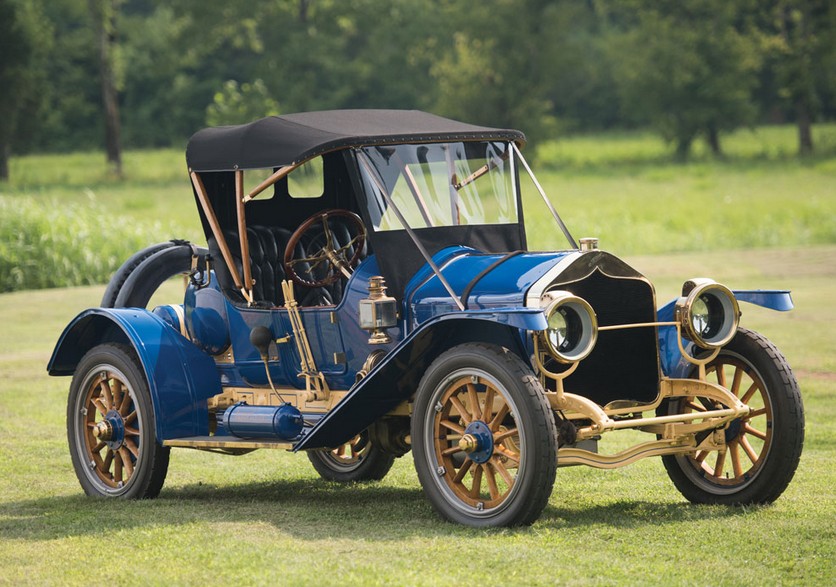
Photo – RM Sotheby’s
The 1911 National was offered as a single model – the Model 40. The Speedway Roadster was the smallest and most affordable style. Its name is a reference to the Indianapolis Motor Speedway – a nearby motoring landmark, as National was based in Indianapolis. In fact, Arthur Newby, who founded National, also co-founded the Speedway – and 1911 was the inaugural year of the Indy 500.
This car is powered by a 40 horsepower 7.3-liter straight-four. National won the 1912 Indy 500 with a car closely resembling this one. Discovered in Atlanta in the 1950s, this car has been restored twice, the most recent of which was in the last 10 years. It should bring between $200,000-$275,000. Click here for more info.
Update: $385,000.
1914 Case Demonstrator Delivery Truck
Offered by RM Sotheby’s | Hershey, Pennsylvania | October 8-9, 2015
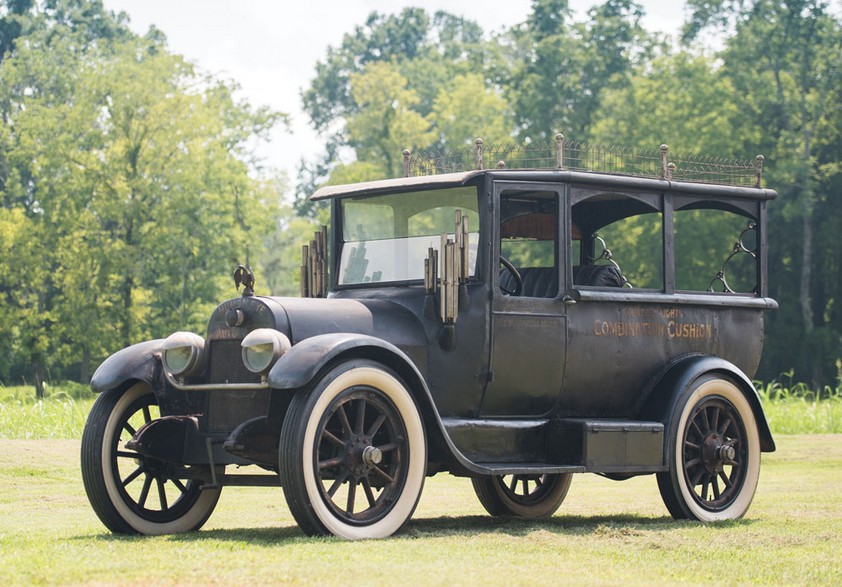
Photo – RM Sotheby’s
The Case automobile was produced by the same company that made agricultural equipment in Racine, Wisconsin, between 1911 and 1927. The 1914 Case Model 35 was only offered as a five-passenger touring car. This is obviously not one of those. John Dorton was an inventor and salesman from Kansas. He invented the Human Eye Auto Lamp, a kind of headlight that steers with the car. This was his demonstrator vehicle.
It’s fitted with a bunch of other one-off features including a steam organ that could be operated from the driver’s seat. It’s a really interesting one-of-a-kind truck and is powered by a 35 horsepower 5.1-liter straight-four. It should sell for between $75,000-$125,000. Click here for more info. It’s really worth checking out.
Update: Sold $47,000.
1912 Mitchell Model 5-6 Baby Six Roadster
Offered by RM Sotheby’s | Hershey, Pennsylvania | October 8-9, 2015
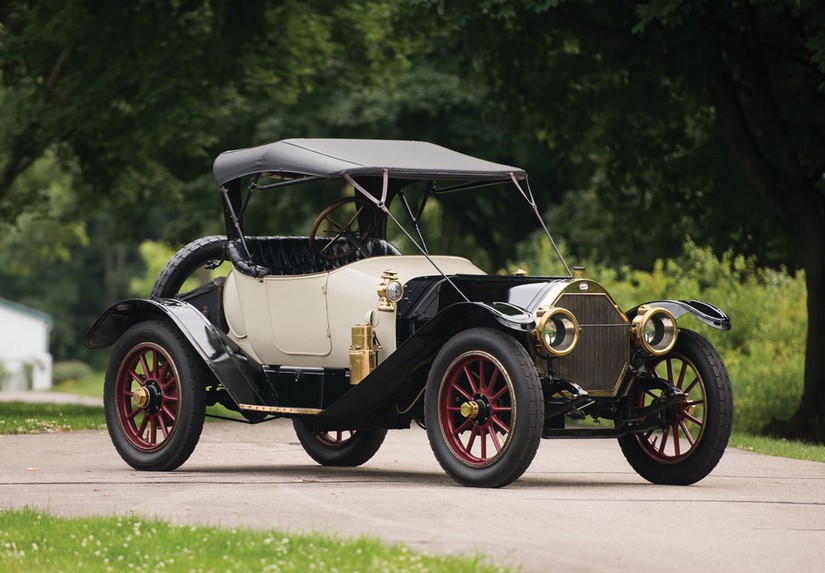
Photo – RM Sotheby’s
Like Case, Mitchell was also from Racine, Wisconsin. The company was founded as a wagon maker by Henry Mitchell and his son-in-law (William Lewis) would help steer the company toward automobile production in 1903. Mitchell would produce cars for the next 20 years.
The 1912 catalog offered five modes, with the Model 5-6 Baby Six as the second most powerful. The engine is a 6.0-liter straight-four making almost 34 horsepower. The Roadster was one of two body styles offered and this one is mostly original (although it had been repainted). It should bring between $100,000-$150,000. Click here for more info.
Update: Not sold.
1916 Republic Beer Truck
Offered by RM Sotheby’s | Hershey, Pennsylvania | October 8-9, 2015
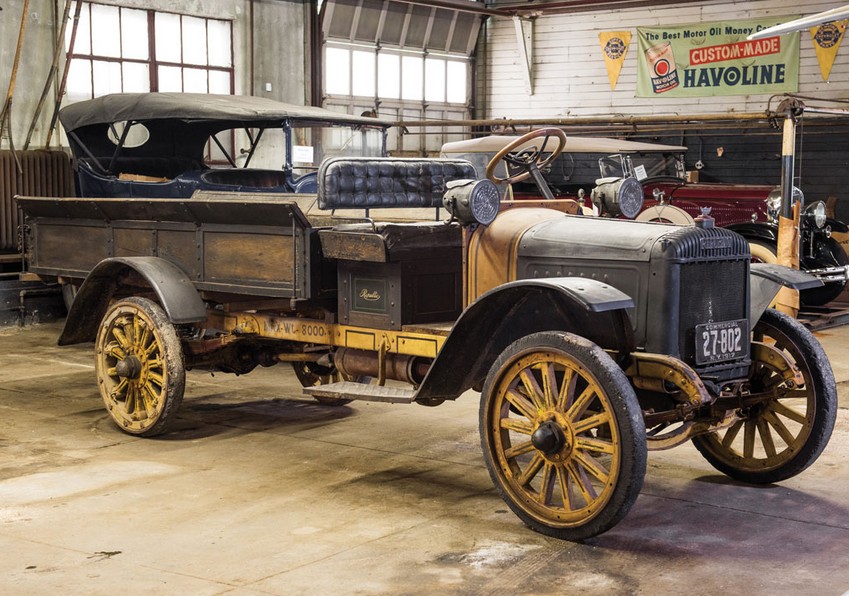
Photo – RM Sotheby’s
Microbreweries are everywhere these days. If one of them were looking for an absolutely great promotional vehicle, this would be that. This is an all-original truck from the Republic Motor Truck Company of Alma, Michigan. They built trucks from about 1913 through 1929 (at which point they merged with American-LaFrance).
The engine in this beast is a 3.6-liter Continental straight-four. The truck has not run in a long time so it would require a pretty hefty mechanical overhaul to be usable. And those solid rubber tries are probably older than just about anybody reading this. Which is pretty amazing. This is one of two known 1916 Republics to survive and this one should bring between $10,000-$15,000. Click here for more info.
Update: Sold $19,800.
1905 Thomas Flyer Model 25 Five-Passenger Touring
Offered by RM Sotheby’s | Hershey, Pennsylvania | October 8-9, 201
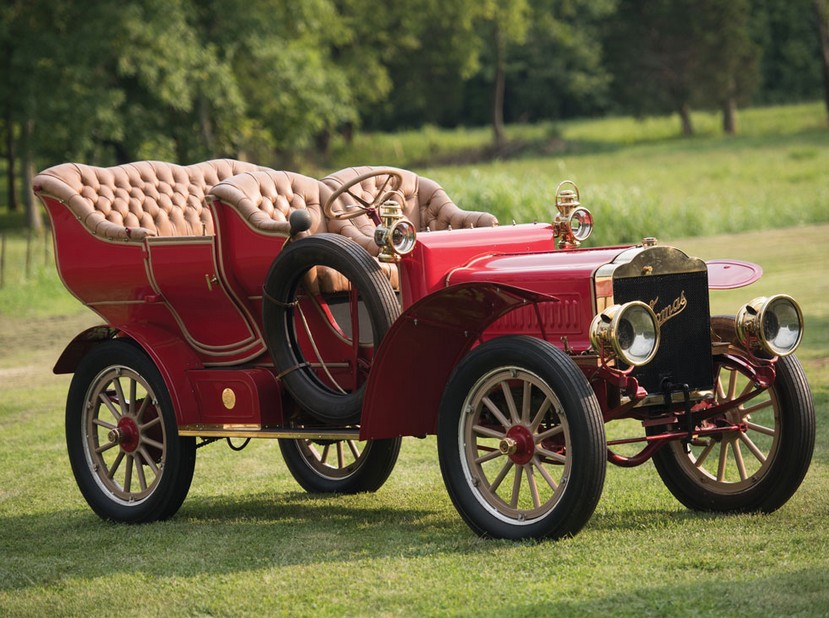
Photo – RM Sotheby’s
We featured another Thomas Flyer a week or two ago and here is another one from the same collection. While that other car was constructed using various Thomas parts, this car is considered to be “the most authentic 1905 Thomas.”
It has been restored – many years ago – and driven quite a bit since. It has resided it some large collections over the years – but not the Harrah Collection, although it is said that this is a car Harrah tried to get his hands on for years. The Model 25 is powered by a 40 horsepower 7.1-liter straight-four. This would be a great classic to own. The estimate is a wide $375,000-$500,000. Click here for more info and here for the rest of RM’s awesome lineup.
Update: Sold $220,000.


